16 Most Isolated Beaches In The World Worth The Journey
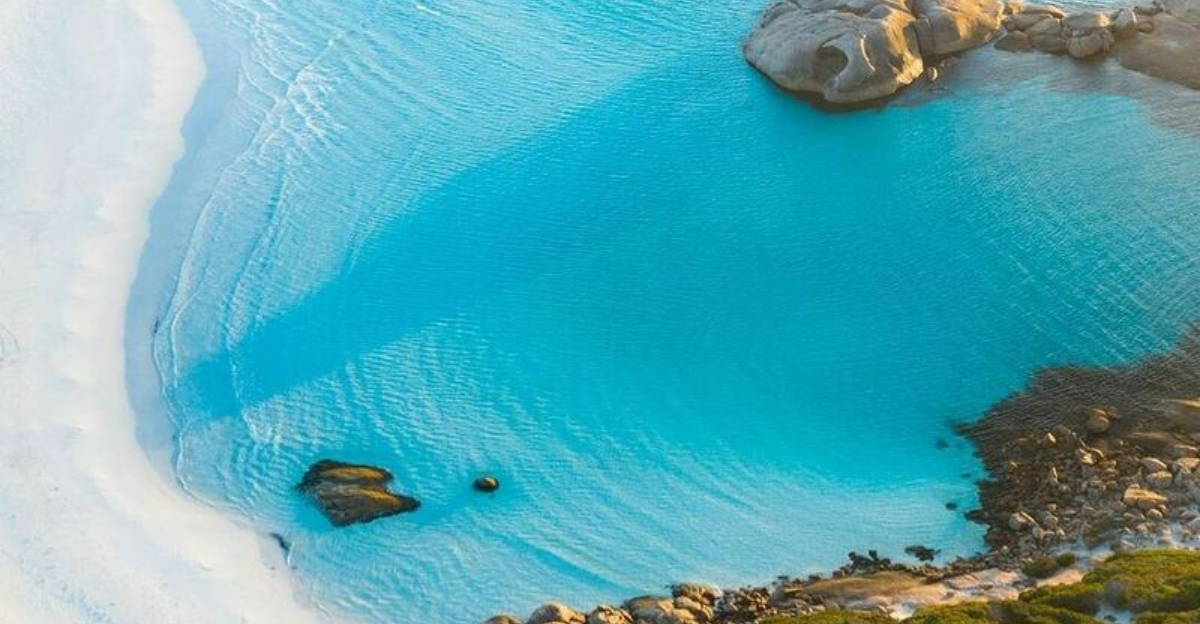
Imagine sinking your toes into warm sand where yours are the only footprints for miles. Hidden away from tourist crowds and bustling resorts, the world’s most isolated beaches offer pure, untouched paradise for adventurous travelers.
These secluded shores require effort to reach – sometimes by boat, helicopter, or challenging hikes – but reward visitors with pristine beauty and the rare luxury of solitude.
1. Whitehaven Beach, Australia
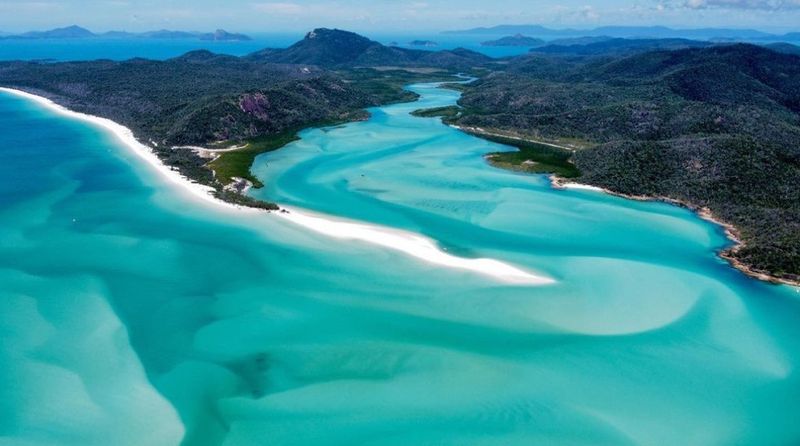
Seven kilometers of the purest silica sand awaits at this Queensland gem. You’ll need a boat or seaplane to reach this slice of heaven in the Whitsunday Islands, as no roads lead here.
The swirling patterns of turquoise water against brilliant white sand create a mesmerizing marble effect visible from lookout points. Many day-trippers visit for a few hours, but stay until sunset for true isolation when the tours depart.
2. Kalalau Beach, Hawaii
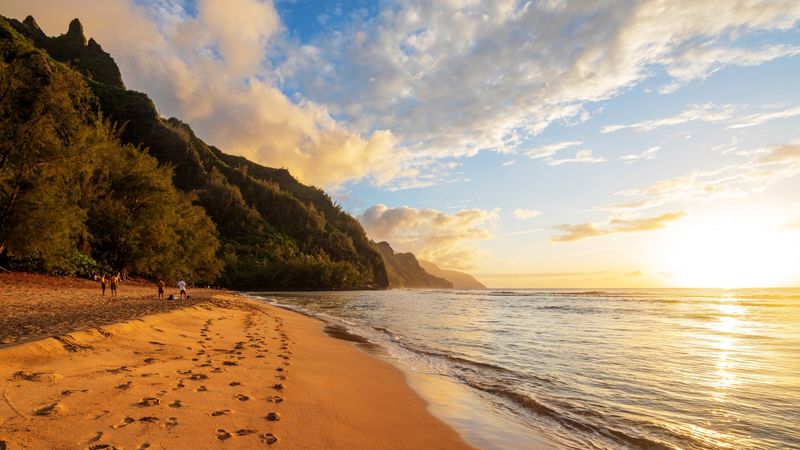
Hidden along Kauai’s Na Pali Coast lies a crescent of golden sand that rewards only the most determined hikers. The challenging 11-mile Kalalau Trail demands stamina and an overnight permit. Towering emerald cliffs provide a dramatic backdrop to this beach paradise.
Waterfalls cascade nearby, creating freshwater pools perfect for rinsing off salt water. Camping here means falling asleep to crashing waves and waking to one of Hawaii’s most spectacular sunrises.
3. Cabo San Juan, Colombia
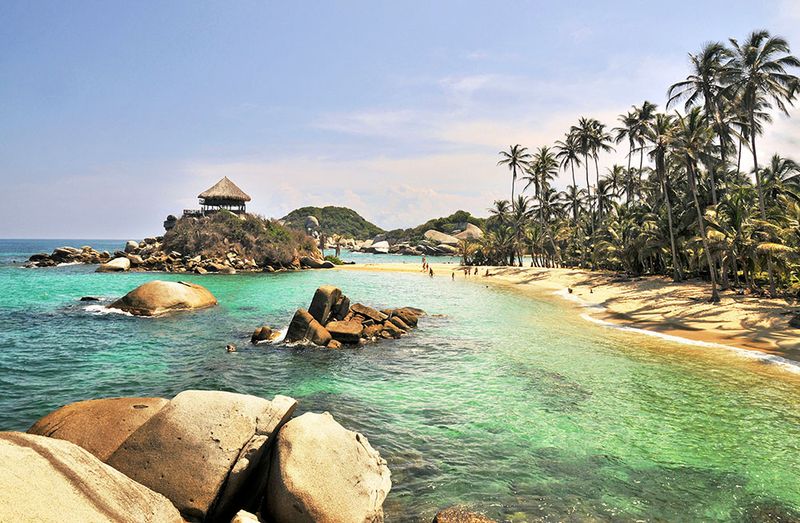
Nestled within Tayrona National Park, this double-bay beach requires a sweaty jungle trek or boat ride to access. Your efforts pay off with crystalline waters embraced by massive rounded boulders and lush rainforest. Palm trees provide natural shade along the golden shoreline.
If you’re lucky enough to secure a spot in the limited hammock accommodations overlooking the water, you’ll experience one of South America’s most breathtaking overnight stays. Morning swims before day visitors arrive feel like your own private paradise.
4. New Chums Beach, New Zealand
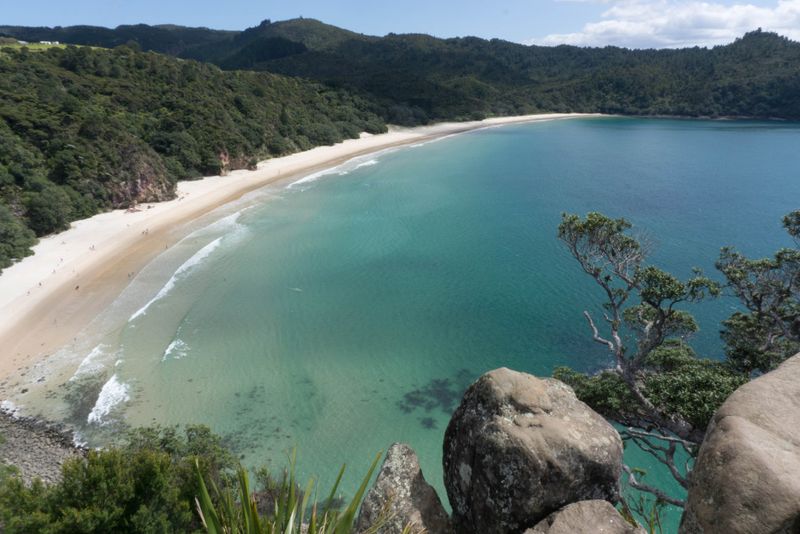
A short but challenging scramble over rocks and through native bush reveals this hidden Coromandel Peninsula treasure. The untouched kilometer-long crescent of golden sand sits against a backdrop of nikau palms and pohutukawa trees. No buildings, roads, or facilities disturb the pristine setting.
During weekdays outside summer, you might have this slice of paradise entirely to yourself. Wade into the crystal-clear waters and look back at the beach – the view of this undeveloped shoreline remains exactly as Maori inhabitants would have seen it centuries ago.
5. Playa del Amor (Hidden Beach), Mexico
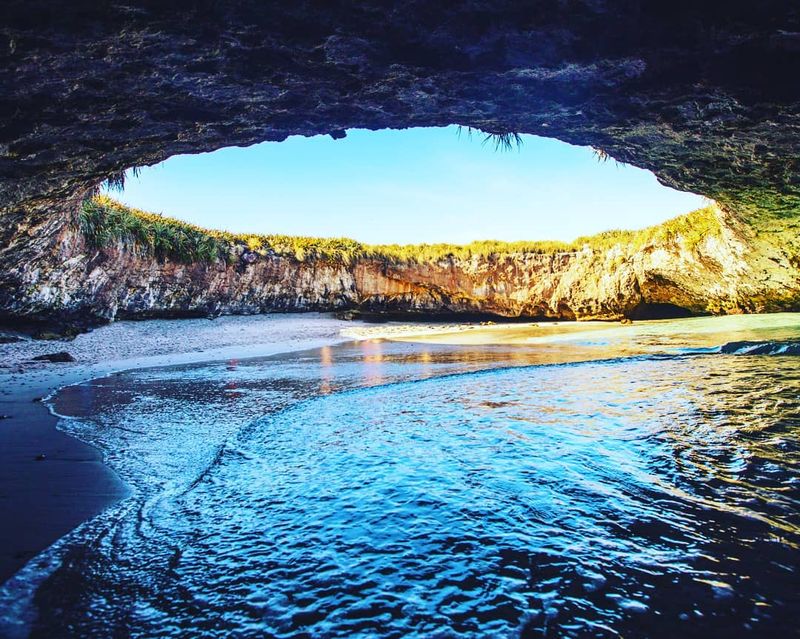
What makes this beach truly unique? A gaping hole in the rocky ceiling above, created by military testing, allowing sunlight to flood this hidden cavern beach on the Marietas Islands. Reaching this secret spot requires swimming through a water tunnel during low tide – timing is crucial.
Only a limited number of visitors receive permits daily to protect the delicate ecosystem. The contrast between rough volcanic rock walls and soft golden sand creates a surreal natural cathedral that seems designed specifically for Instagram.
6. Trunk Bay, U.S. Virgin Islands

Though appearing on postcards worldwide, this St. John gem remains relatively secluded due to its national park status and limited island access. The quarter-mile of powder-white sand curves gently alongside impossibly blue waters.
Beneath those azure waves lies an underwater snorkeling trail with markers identifying coral formations and marine life. Early mornings offer true solitude before day-trippers arrive from St. Thomas. The lack of development and protective park status ensures this beach remains as pristine as when Rockefeller donated the land for conservation.
7. Anse Source d’Argent, Seychelles
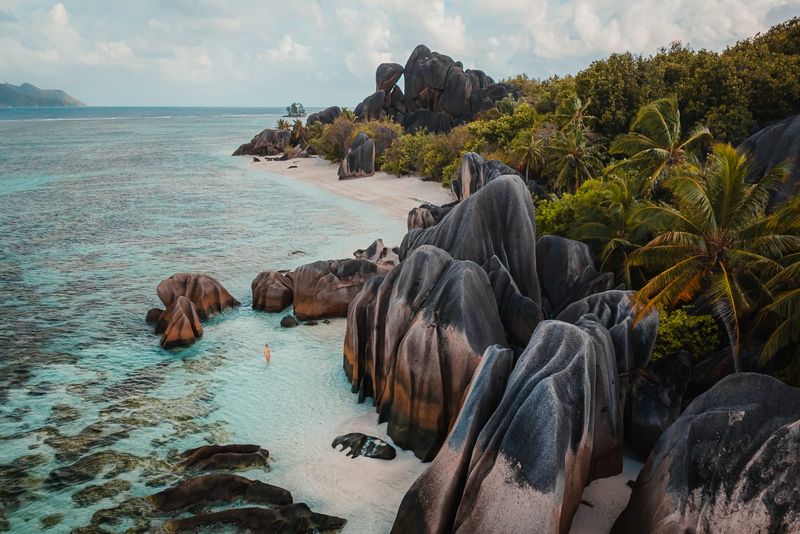
Famous for its massive granite boulders that look like they were placed by giants, this beach on La Digue island requires effort to reach. First, you’ll need to travel to this car-free island, then pay entrance through a former plantation, and finally walk or cycle to the shore.
Shallow, warm waters create perfect wading pools between the rock formations. The beach segments feel like private coves, each with its own character. Visit during low tide when more sand is exposed, creating natural pathways between the massive rocks weathered into smooth, artistic shapes over millions of years.
8. Karekare Beach, New Zealand
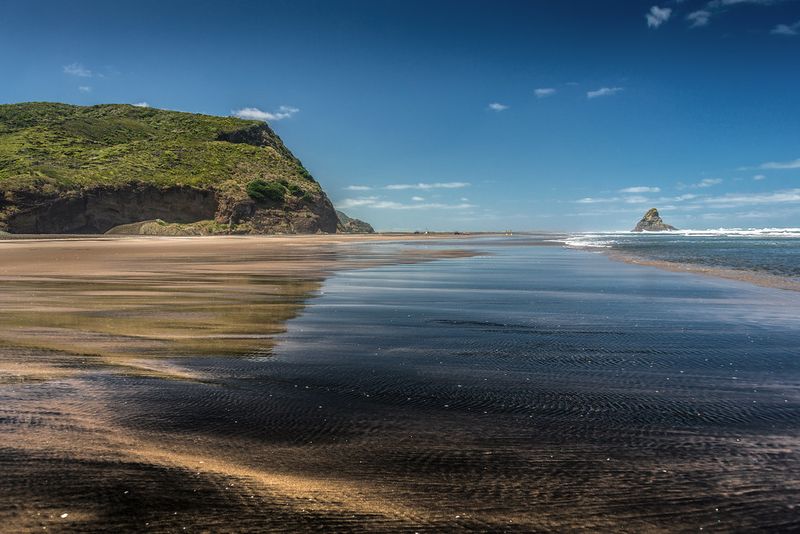
Made famous in the film “The Piano,” this wild black sand beach west of Auckland has remained remarkably undeveloped. Wind-swept and moody, massive waves crash against the volcanic shoreline beneath dramatic cliffs. The powerful rip currents make swimming dangerous except in designated areas.
A short walk inland reveals Karekare Falls, a perfect freshwater shower after a salty beach day. During winter weekdays, you might share this vast expanse only with a few local surfers braving the powerful swells and perhaps a horse rider galloping across the endless black sand.
9. Saleccia Beach, Corsica
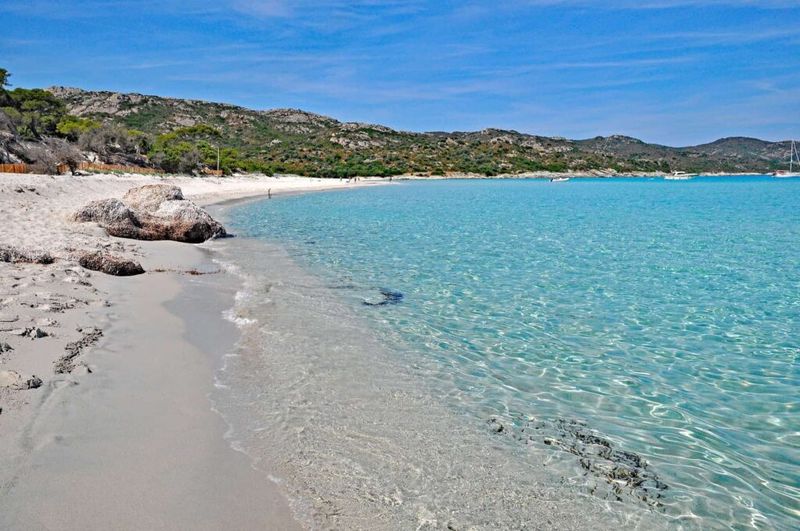
If you’ve dreamed of Caribbean-white sands but with Mediterranean blue waters, this northern Corsican beach delivers exactly that unlikely combination. The journey requires either a serious 4×4 vehicle on rough dirt roads or a boat ride from Saint-Florent.
Ancient juniper trees provide natural shade along the kilometer-long crescent. The water clarity rivals any tropical destination, with visibility often exceeding 20 meters. Despite being on the French island of Corsica, this beach remains wonderfully undeveloped with no permanent structures – just pure nature.
10. Anakena Beach, Easter Island

Finding a white sand beach on one of Earth’s most remote inhabited islands feels like discovering buried treasure. Located over 2,000 miles from mainland Chile, reaching Easter Island itself is the first challenge. Palm trees (not native but planted in the 1960s) create a surreal tropical scene against the volcanic landscape.
The beach’s most unique feature? Several moai statues stand sentinel nearby, their backs to the ocean. Swimming in these crystal waters while contemplating these mysterious ancient figures creates an experience impossible to replicate anywhere else on the planet.
11. Pfeiffer Beach, California
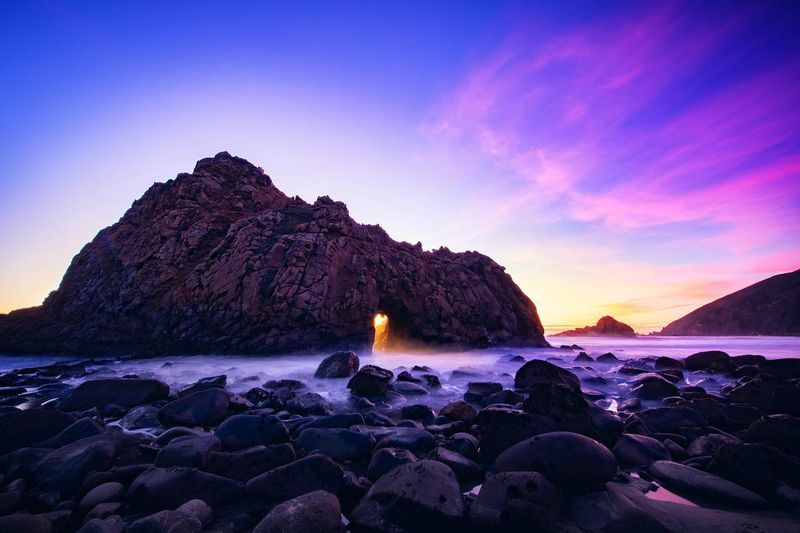
Hidden down an unmarked road in Big Sur, many drive right past this purple-sand wonder without realizing it exists. The distinctive color comes from manganese garnet deposits washing down from the hills above. Massive rock formations create dramatic sea arches where waves crash through with explosive force.
During winter solstice, photographers flock here for the rare moment when the setting sun aligns perfectly through one particular keyhole arch. Even in tourist-heavy California, this beach remains relatively secret due to its challenging access and limited parking.
12. Dhanushkodi Beach, India
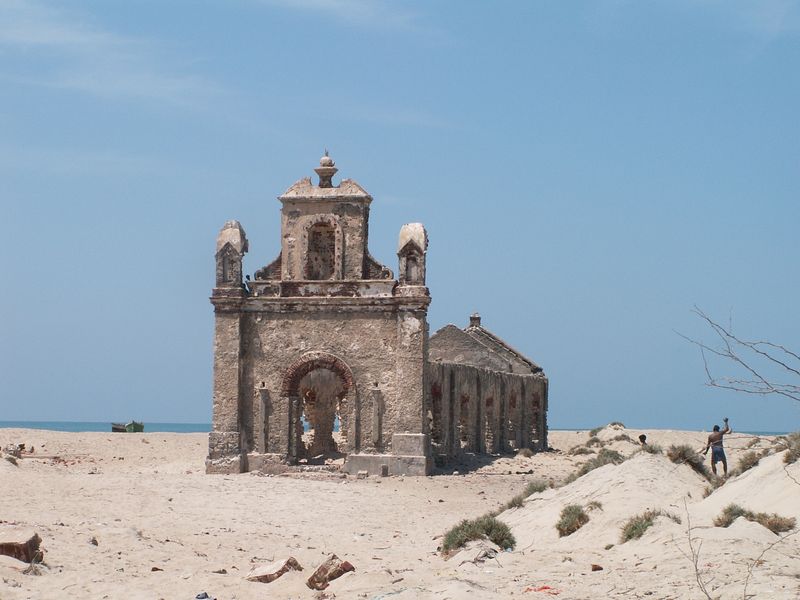
At India’s southeastern tip lies a ghost town beach where two seas meet – the Bay of Bengal and Arabian Sea collide in spectacular fashion. Abandoned after a devastating 1964 cyclone destroyed the once-thriving town, the beach now features haunting ruins partially reclaimed by sand.
Local fishermen still cast nets in the shallow waters where pilgrims come to bathe at this spiritually significant spot mentioned in the Ramayana. The end-of-the-world feeling intensifies as you approach Pamban Bridge, with water surrounding you on three sides.
Few international tourists venture here, making it one of India’s most atmospheric coastal experiences.
13. Koh Kradan, Thailand
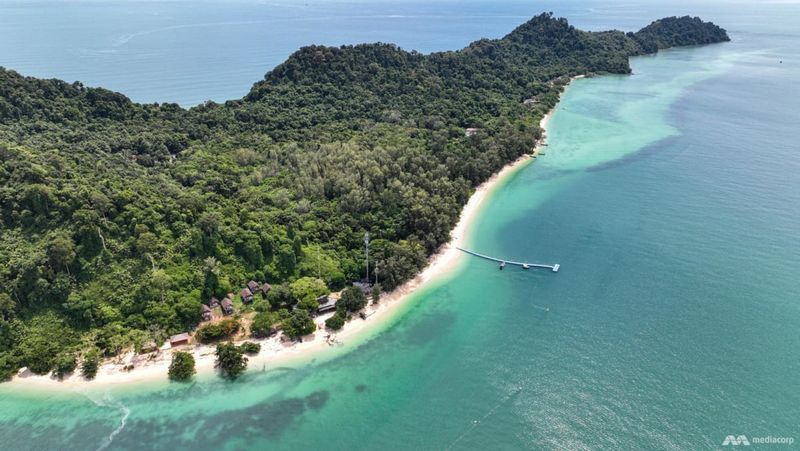
While Thailand’s beaches hardly qualify as undiscovered, this small island in the Andaman Sea offers genuine seclusion. With just a handful of simple bungalow operations and no villages or roads, development remains minimal.
The eastern shore features a 3-kilometer stretch of powdery white sand with exceptional snorkeling directly offshore. During low tide, a sandbar emerges allowing walks far into the crystal-clear sea. Electricity runs only certain hours, ensuring nights remain peaceful under star-filled skies without light pollution.
14. Mkambati Nature Reserve, South Africa
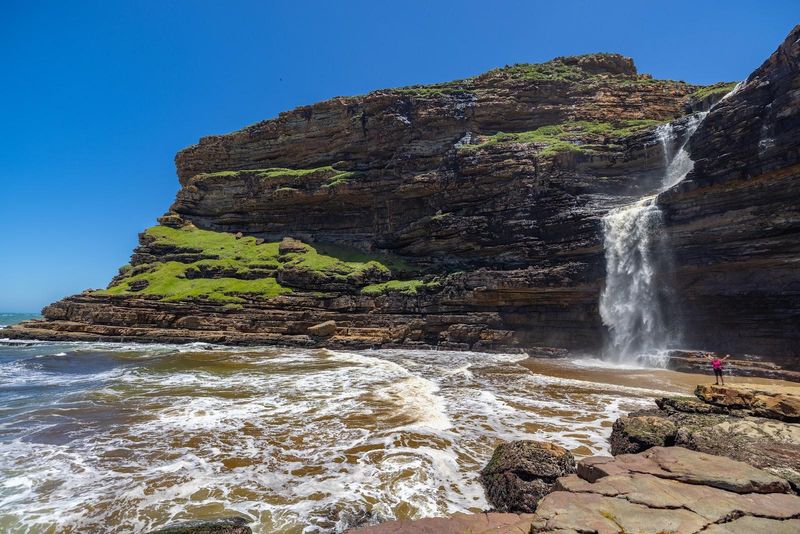
Along South Africa’s Wild Coast lies a beach so remote that reaching it requires navigating through a nature reserve with no paved roads. Your reward? Witnessing a waterfall that plunges directly into the Indian Ocean – one of only a handful on Earth. The beach itself features golden sand against dramatic cliffs.
African wildlife sometimes wanders onto the shore – imagine spotting zebras while swimming! Offshore, dolphins frequently play in the waves while seasonal whale migrations add to the natural spectacle. The complete absence of commercial development preserves this coastline exactly as nature intended.
15. Hunga Tonga Beach, Tonga

How about visiting a beach on an island that didn’t exist before 2015? Following an underwater volcanic eruption, this entirely new island formed between two existing Tongan islands, creating a scientific marvel and possibly the world’s newest natural beach.
Black volcanic sand meets surprisingly clear water at this ephemeral wonder. Scientists initially predicted the island would wash away within months, yet it has persisted. Visit soon though – erosion continues reshaping this geological infant. The surrounding waters teem with marine life rapidly colonizing the new underwater landscape.
16. Twilight Bay, Australia

Along Western Australia’s southern coast lies the town of Esperance, home to beaches with sand so blindingly white it squeaks underfoot. Twilight Bay, though accessible by car, remains uncrowded due to its remote location – Esperance itself is a 7-hour drive from Perth.
Massive rounded granite boulders create natural dividers along the shoreline. The water color transitions through impossible shades of blue, from pale aquamarine to deep sapphire. Despite winning awards for Australia’s best beaches, the sheer distance from population centers keeps these shores pristine and peaceful year-round.
